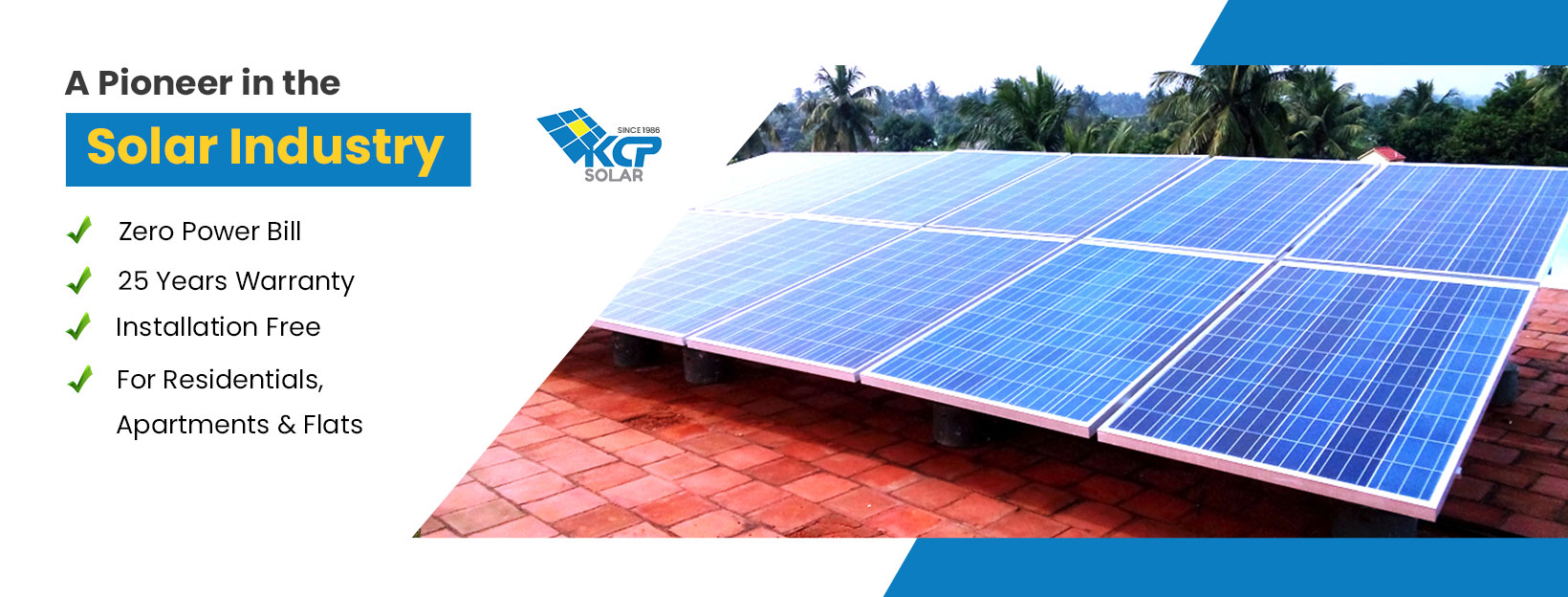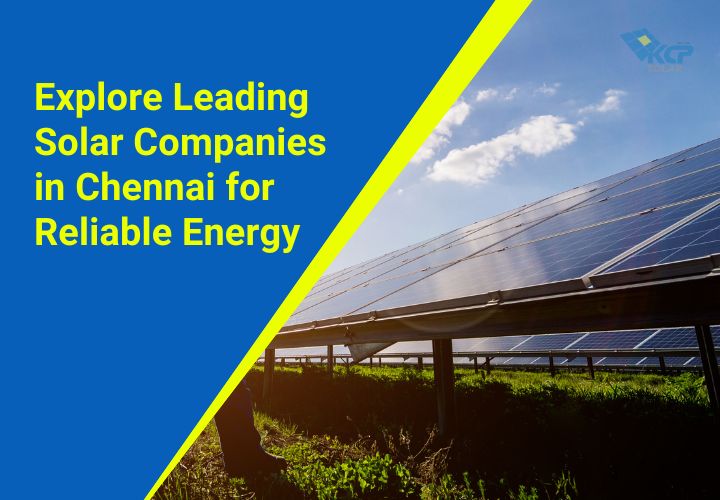Understanding Hybrid Solar Systems: A Comprehensive Guide

In recent years, the shift towards renewable energy has gained significant momentum, with solar power leading the charge. Among the various solar configurations, the hybrid solar system stands out as a versatile and efficient solution. This article delves into what a hybrid solar system is, how it operates, its components, benefits, and considerations for installation.
What Is a Hybrid Solar System?
A hybrid solar system integrates solar photovoltaic (PV) panels, battery storage, and grid connectivity to provide a reliable and efficient energy solution. Unlike traditional grid-tied systems that rely solely on the utility grid, hybrid systems offer the flexibility to operate independently during power outages by utilizing stored energy. This setup ensures a continuous power supply, even when solar generation is low or unavailable.
How Does a Hybrid Solar System Work?
The operation of a hybrid solar system involves several key steps:
Solar Energy Generation: Solar panels capture sunlight and convert it into direct current (DC) electricity.
Inversion to AC Power: An inverter converts the DC electricity into alternating current (AC), which is compatible with household appliances.
Battery Storage: Excess energy generated during the day is stored in batteries for later use, such as during the night or on cloudy days.
Grid Interaction: When the solar generation is insufficient, the system can draw power from the grid. Conversely, surplus energy can be fed back into the grid, depending on local regulations and net metering policies.
Energy Management: Advanced hybrid systems include energy management software that optimizes energy usage, ensuring that the most cost-effective and efficient power sources are utilized.
Key Components of a Hybrid Solar System
A typical hybrid solar system comprises the following components:
Solar Panels: Devices that capture sunlight and convert it into electricity.
Inverter: Converts DC electricity from the solar panels into AC electricity for household use.
Battery Storage: Stores excess energy for use during periods of low solar generation.
Charge Controller: Regulates the flow of electricity to and from the battery, preventing overcharging and deep discharging.
Energy Management System: Monitors and controls the system's performance, optimizing energy consumption and storage.
Grid Connection: Allows for the import and export of electricity to and from the utility grid.
Benefits of a Hybrid Solar System
1. Energy Independence
By storing excess solar energy, homeowners can reduce their reliance on the utility grid, providing greater energy security and independence.
2. Cost Savings
Utilizing stored energy during peak electricity rates can lead to significant savings on electricity bills. Additionally, some regions offer incentives or rebates for installing solar systems.
3. Backup Power
In the event of a power outage, a hybrid system with battery storage ensures that essential appliances continue to operate, enhancing home resilience.
4. Environmental Impact
By generating and utilizing clean, renewable energy, hybrid solar systems reduce greenhouse gas emissions and decrease dependence on fossil fuels.
5. Scalability
Hybrid systems can be scaled to meet increasing energy demands by adding more solar panels or battery storage, offering flexibility for future energy needs.
Considerations Before Installation
While hybrid solar systems offer numerous advantages, it's essential to consider the following before installation:
Initial Investment: The upfront cost of purchasing and installing a hybrid system can be significant. However, long-term savings and incentives may offset this expense.
Battery Lifespan: Batteries have a finite lifespan and may require replacement after several years, depending on usage and maintenance.
System Maintenance: Regular maintenance is necessary to ensure optimal performance and longevity of the system components.
Regulatory Policies: It's crucial to understand local regulations, net metering policies, and potential incentives or rebates available for solar installations.
Conclusion
A hybrid solar system offers a comprehensive solution for homeowners seeking energy independence, cost savings, and environmental sustainability. By combining solar energy generation, battery storage, and grid connectivity, these systems provide a reliable and efficient power supply. As technology advances and costs decrease, hybrid solar systems are becoming an increasingly viable option for those looking to embrace renewable energy.
If you're considering a hybrid solar system, it's advisable to consult with a certified solar installer to assess your energy needs, evaluate potential savings, and ensure proper system design and installation.
Note: IndiBlogHub features both user-submitted and editorial content. We do not verify third-party contributions. Read our Disclaimer and Privacy Policyfor details.




